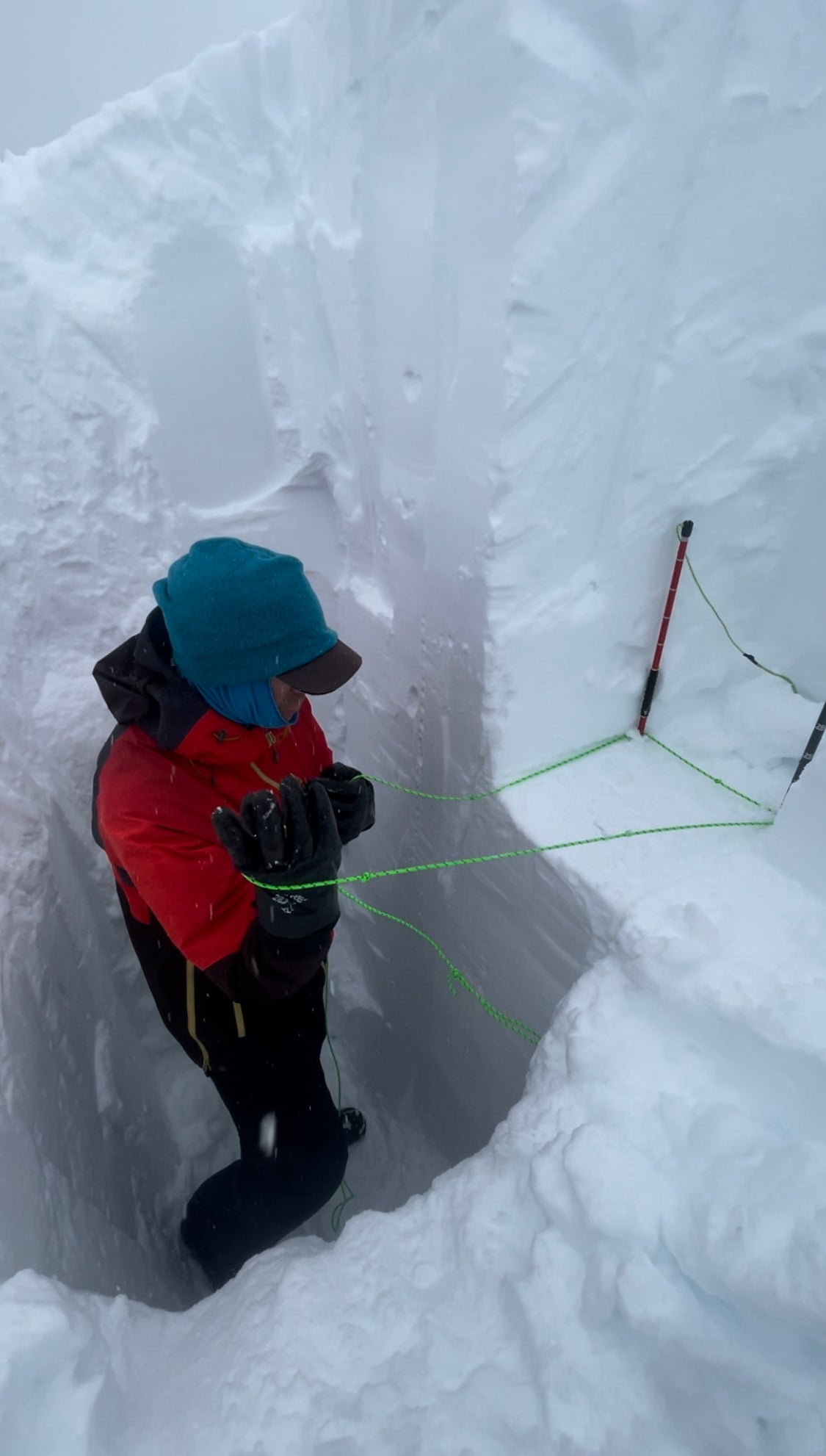
Weak Layer Snowpack Observations: Compression Test and Extended Column Test Progression
|
|
Time to read 1 min
|
|
Time to read 1 min
Original Date January 2023: This week we have seen a weather pattern shift with warm temps, consistent but moderate snow, some moderate wind events with isolated reactivity leading into a wet snowy pattern this week. As our pattern changes it’s a good time to track our snowpack layers.
In this video we experienced a wumphf , a red flag observation, and connected it to our snowpack observations. My take away is cracks and wumphfs are very reliable observations. And we can take a look at what layers & interfaces contributed to this weak structure.
The Why:
✅ Wumphfs are red flag signs 🚩🚩🚩🚩🚩
✅ A direct sign of unstable snow
✅ Column test progression confirms the unstable layer/ interface
✅ Combining red flag observations with weather and snowpack paints a picture of our snowpack
✅ Snowpack obs should be repeatable and support why a test should be done
✅ A Q1, sudden planar result along with a wumphf directs us towards a large Extended Column Test (ECT)
✅ ECT results are either propagation or no propagation. # of Taps is a smaller contributing factor.
Why Not:
🛑 Snowpack observations can produce false stable/ unstable results
🛑 Interpreting results can be tricky and subjective.
🛑 Quality of craft results in quality of observation, poor craft = unreliable information
🛑 Column Tests are a small sample size
🛑 Terrain choice trumps snowpack obs
🛑 Dig in a safe location!
🎥 @therealbrianzig
⚠️ Snowpack observations are used in conjunction with avalanche and weather observations and are not a stand alone decision making tool. In this case our curiosity about a wumphf led us to dig into the snowpack to learn more. With a combination of recent snow and a wumphf supported with snowpack obs we trended towards more conservative terrain choices.